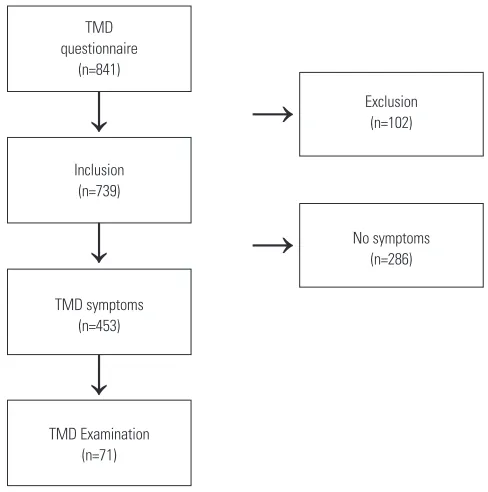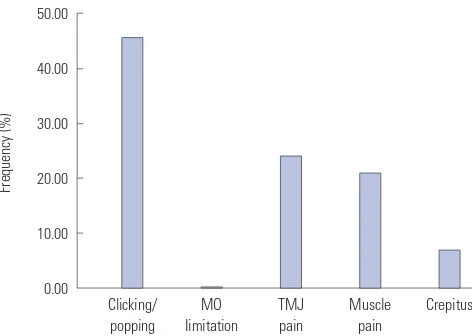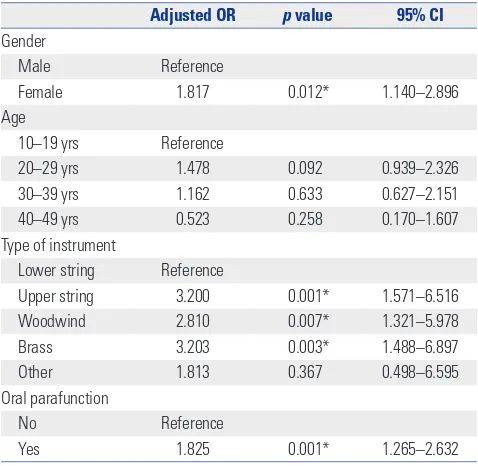Clinical Signs and Subjective Symptoms of Temporomandibular Disorders in Instrumentalists
Full text
Figure




Related documents
Despite the fact that major changes occurred in the urban centres during the era of late colonialism all the way through the dictatorial military regime of Siad Barre, the
3.4 Except as otherwise expressly set forth in Your order for certain Cloud Services offerings (e.g., a private cloud hosted at Your facility), You acknowledge
Any application of types H,U,L,T or W are used to maintain a file and must conform to the standard TEMPLATE application type. See the section Template Programming for details. Type
For primary health care centres the transition from paper-based to electronic patient records (EPR) has taken place in the late 1990s, and for hospitals after year 2000. The
groups is 25% for SpEn in delta and between the elderly and young groups 19.8% for the same method and in the same waveband. For gender, the impact is also obvious as the results
possession granted appointed or otherwise assured by any instrument (other than a will) to him or some person through whom he claims, by a person being in respect of the same estate
Risk identification Mitigation Risk transfer Preparedness Emergency response Rehabilitation and reconstruction Hazard as- sessment (fre- quency, magni- tude, and loca-
This can be ensured, as stated above, by enter- ing into separate agreements, or the franchisor or chain operator can lay down provisions in the agreement regarding various
